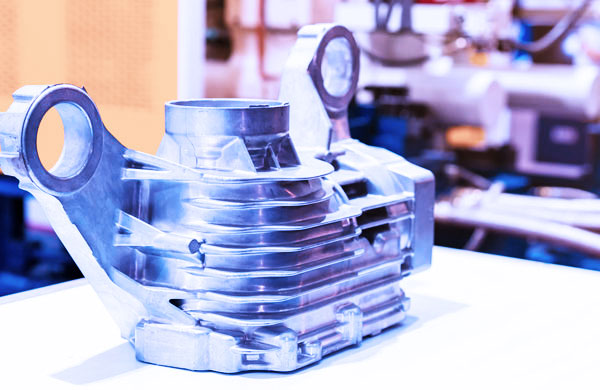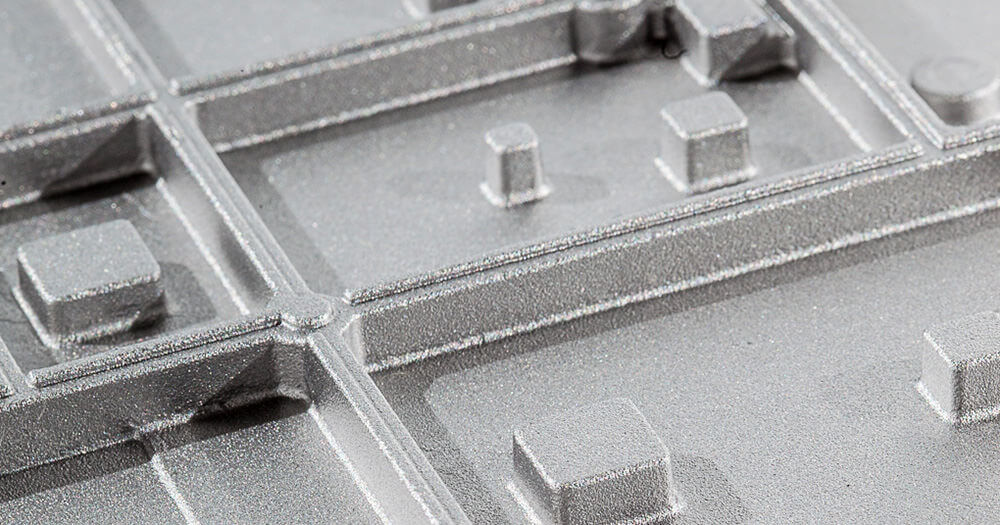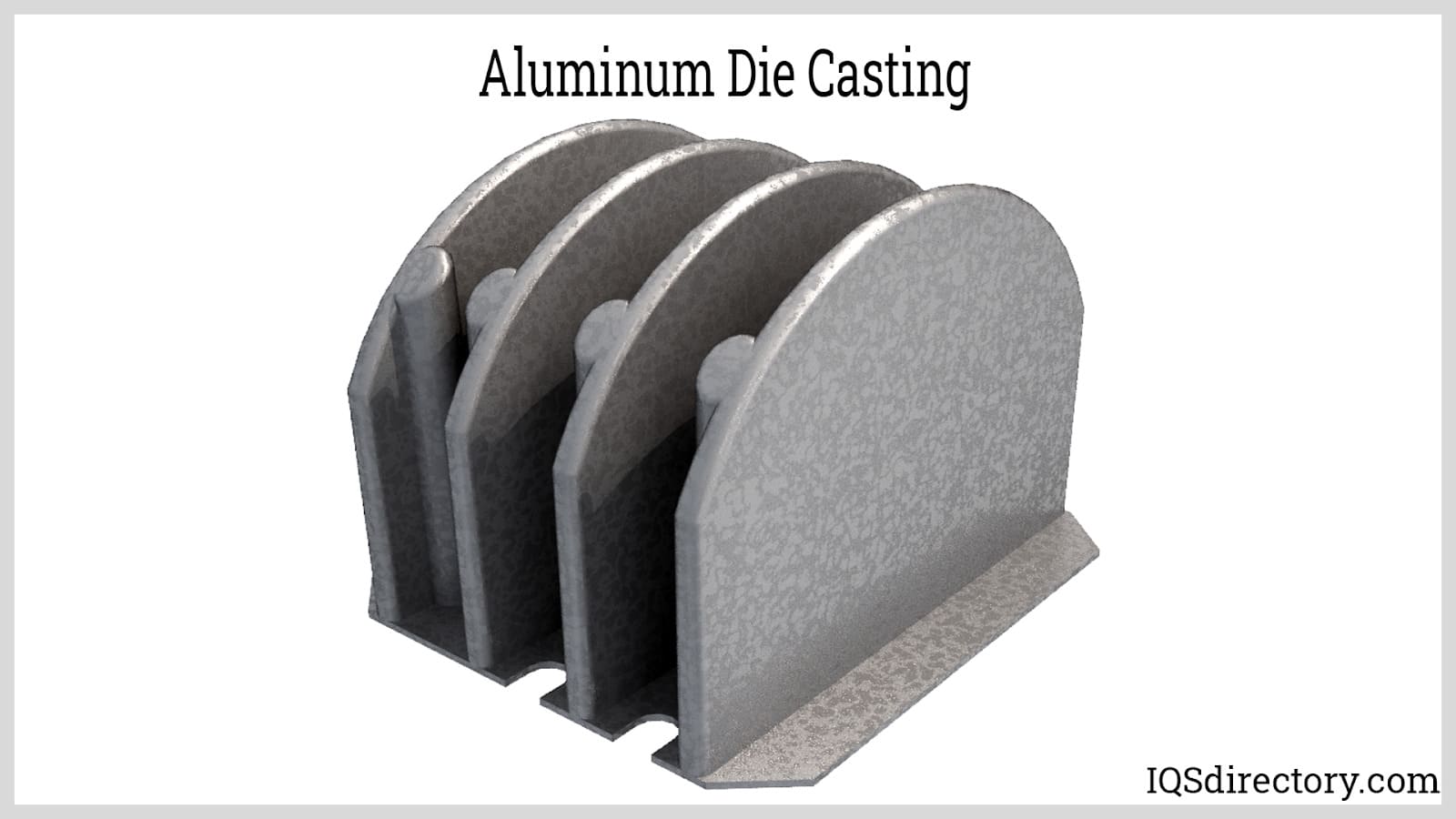See This Report about Stahl Specialty Company
See This Report about Stahl Specialty Company
Blog Article
Excitement About Stahl Specialty Company
Table of ContentsThe 30-Second Trick For Stahl Specialty CompanyThe Main Principles Of Stahl Specialty Company The 5-Second Trick For Stahl Specialty CompanyStahl Specialty Company - An OverviewNot known Incorrect Statements About Stahl Specialty Company
There are several minor distinctions in between wrought and cast light weight aluminum alloys, such as that cast alloys can consist of more considerable quantities of other steels than functioned alloys. The most notable difference in between these alloys is the fabrication process with which they will certainly go to deliver the final item. Aside from some surface area treatments, cast alloys will exit their mold and mildew in virtually the exact solid type wanted, whereas wrought alloys will go through numerous modifications while in their solid state.If you think that a wrought alloy may be the very best for your job, have a look at some of our short articles that discuss even more regarding certain wrought alloys, such as Alloy 6061 and Alloy 6063. On the other hand, if you think a cast alloy would certainly be much better for you, you can find out more regarding some cast alloys in our Alloy 380 and Alloy 383 short articles (coming soon).

Having the experience and market expertise to engineer your spreadings for optimal manufacturing and quality results will certainly improve the task. Producing light weight aluminum spreading needs a facility set of procedures to attain the best outcomes. When choosing on a brand-new light weight aluminum shop to companion with, ensure they have considerable industry experience and are well-informed concerning all aspects of the aluminum spreading procedure: design, production, product evaluation, and item testing.
Things about Stahl Specialty Company
The factory must additionally have a tried and tested performance history of supplying phenomenal items that fulfill or go beyond consumer assumptions. Quality assurance must likewise go to the top of your listing when selecting an aluminum foundry. By dealing with a certified shop that adheres to the criteria for top quality control, you can secure the integrity of your product and guarantee it fulfills your specs.
By choosing a company that supplies solutions that satisfy or exceed your item demands, you can be sure that your project will certainly be finished with the utmost precision and performance. Specific aluminum foundries concentrate on certain types of manufacturing procedures or casting techniques. Different components need different manufacturing methods to cast aluminum, such as sand spreading or die casting.

Die casting is the name given to the process of developing intricate steel parts via usage of molds of the part, additionally understood as passes away. It creates more components than any other procedure, with a high level of accuracy and repeatability. There are three sub-processes that drop under the group of die spreading: gravity die casting (or permanent mold and mildew spreading), low-pressure die casting and high-pressure die casting.
No matter the sub-process, the die spreading procedure can be broken down into 6 actions. After the purity of the alloy is tested, passes away are developed. To prepare the dies for casting, it is essential that the passes away are clean, to ensure that no residue from previous manufacturings stay. After cleaning, the ejection lubrication is related to the die to make sure a smooth release.
The pure steel, likewise called ingot, is included to the heating system and kept at the molten temperature level of the metal, which is after that transferred to the shot chamber and injected right into the die. The pressure is after that preserved as the steel solidifies - Casting Foundry. Once the steel solidifies, the cooling procedure begins
The thicker the wall surface of the part, the longer the cooling time due to the amount of indoor metal that likewise needs to cool. After the part is completely cooled down, the die halves open and an ejection system presses the component out. Adhering to the ejection, explanation the die is closed for the next shot cycle.
The Facts About Stahl Specialty Company Revealed

This verified to be an incorrect test, due to the fact that the tester might cut right into an item and miss a location with porosity. Today, top manufacturers make use of x-ray screening to see the entire inside of elements without cutting right into them. This allows them to more precisely accept or deny elements. To get to the ended up product, there are 3 main alloys used as die spreading material to pick from: zinc, aluminum and magnesium.
Zinc is one of the most used alloys for die casting due to its lower cost of raw materials. Its rust resistance additionally permits the elements to be long long-term, and it is one of the more castable alloys due to its lower melting point - Aluminum Casting.
The Definitive Guide to Stahl Specialty Company
As mentioned, this alloy is one of one of the most commonly used, yet manufactures will, sometimes, pick light weight aluminum over zinc as a result of light weight aluminum's production advantages. Aluminum is highly economical and among the extra functional alloys. Light weight aluminum is utilized for a number of different products and sectors anything from home window frameworks to aerospace materials.
Report this page